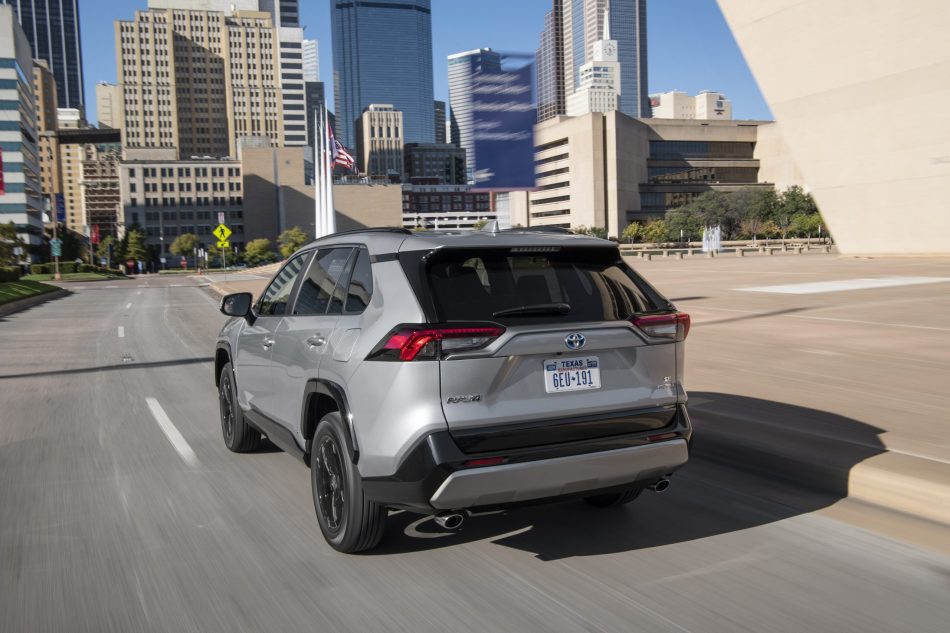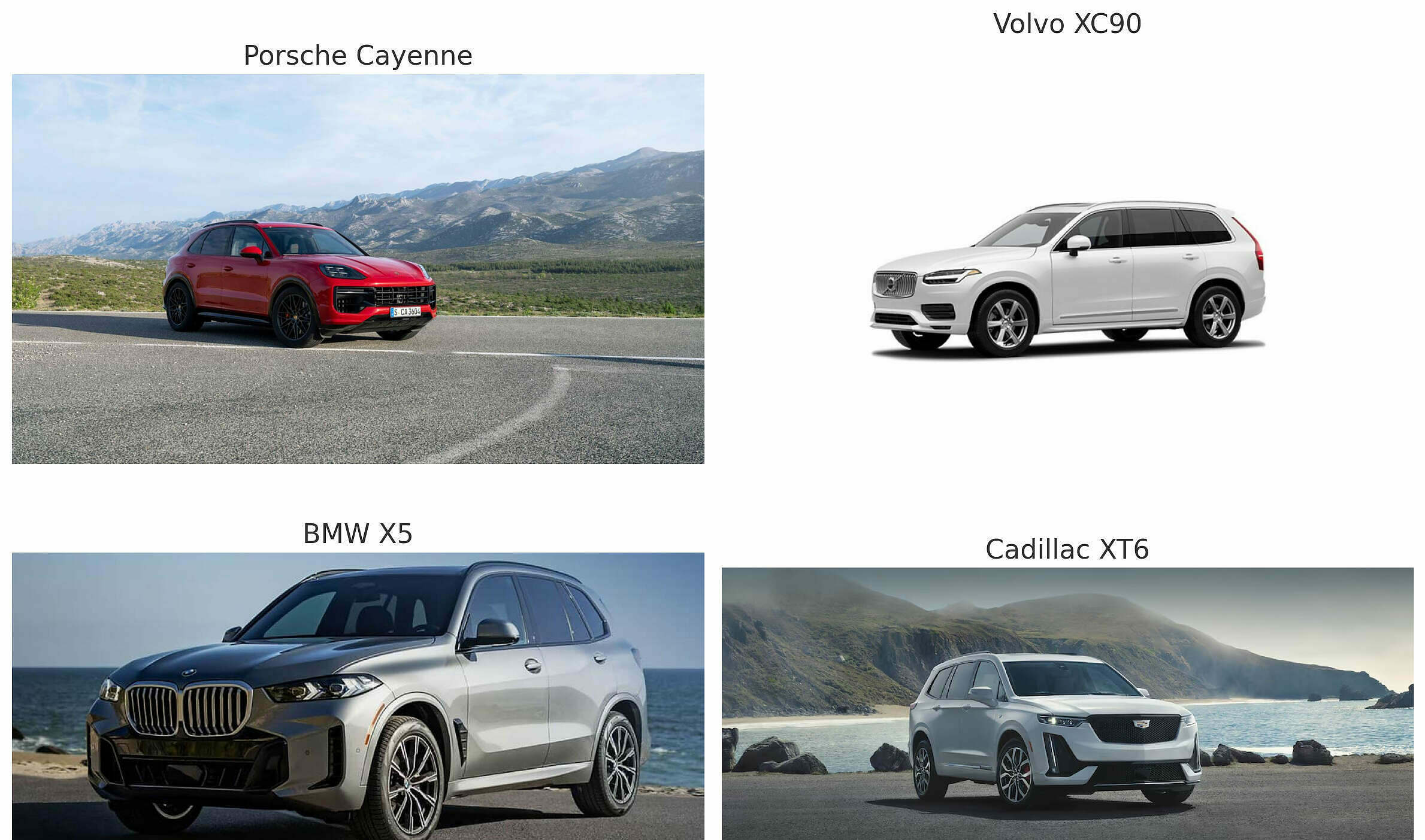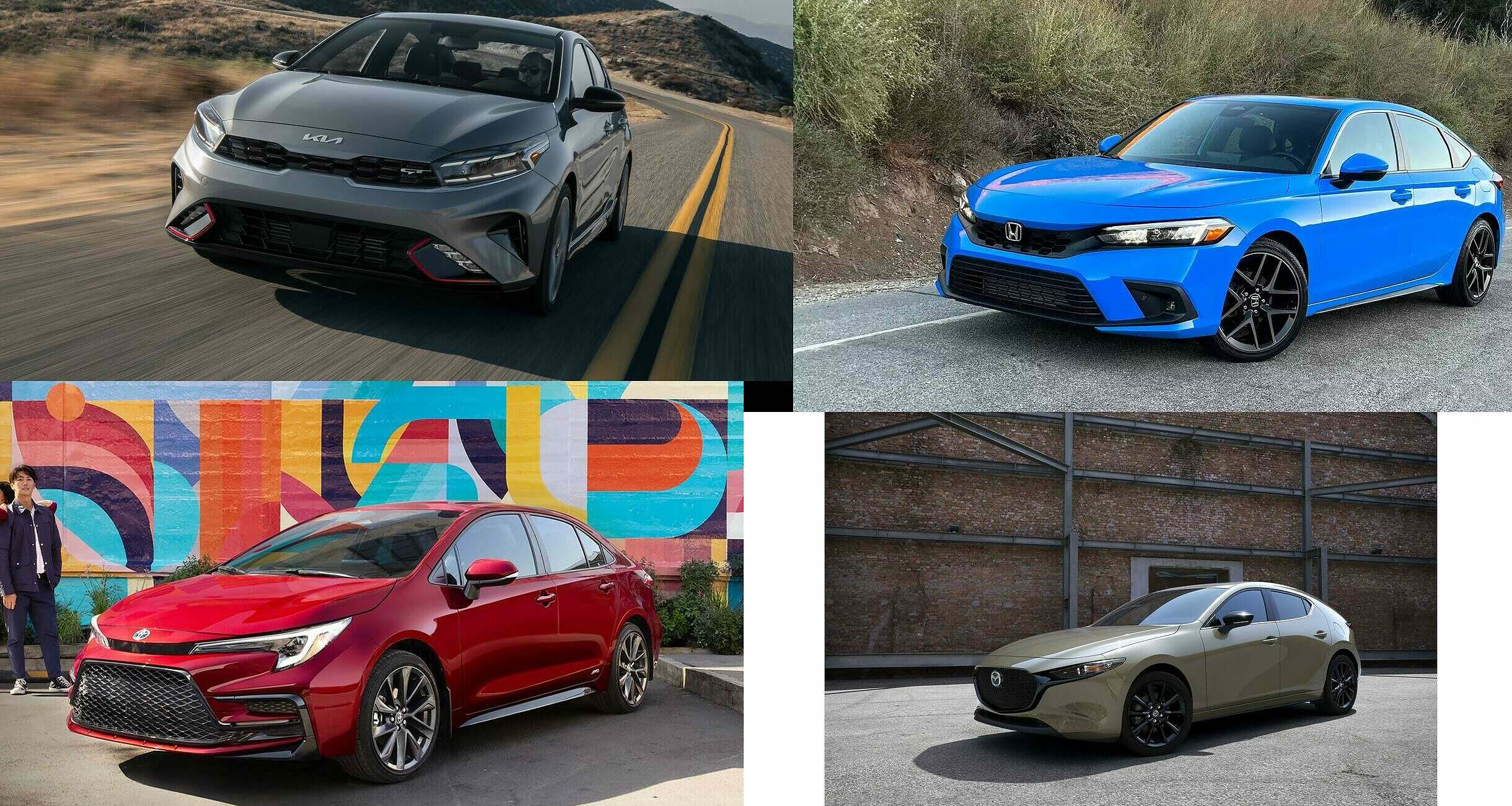Plug-in Hybrid Electric Vehicles (PHEVs) serve as a compelling middle-ground between traditional internal combustion engine vehicles and fully electric vehicles.
A PHEV features both a gasoline engine and an electric motor, allowing the vehicle to operate in either electric-only mode or hybrid mode, which uses a combination of electric and gasoline power.
The “plug-in” aspect allows drivers to charge the battery through an electrical outlet, offering the opportunity to drive short distances using just electric power. This is particularly beneficial for city driving and short commutes, where the vehicle can operate with zero tailpipe emissions.
Cheapest plug-in hybrids to drive per year
Best fuel economy PHEV 2022 Ford Escape FWD PHEV  $950 USD - per year
| Best Electric only range 2022 Toyota RAV4 Prime 4WD  $1000 USD - per year
| Best Luxury PHEV SUV range 2023 Lexus NX 450h Plus AWD  $1,250 USD - per year
|
Depending on the make and model, the all-electric range can vary, but it often ranges from around 20 to 50 miles. Once the battery is depleted, the vehicle seamlessly switches over to its internal combustion engine, providing the extended range and refueling convenience associated with traditional cars.
Don’t want a fully electric car? Get a PHEV instead
The allure of PHEVs lies in their flexibility and adaptability to various driving conditions. For consumers hesitant to make the full leap to an electric vehicle due to range anxiety or lack of charging infrastructure, PHEVs offer a reassuring compromise.
They enable users to become accustomed to electric driving without the fear of being stranded with a depleted battery. Furthermore, PHEVs often qualify for government incentives aimed at promoting cleaner transportation options, making them more financially appealing.
However, it’s essential to note that the environmental benefits of PHEVs are maximized only when the electric mode is used as much as possible. If the vehicle predominantly operates using the gasoline engine, then the potential for reduced emissions and fuel savings may not be fully realized.



